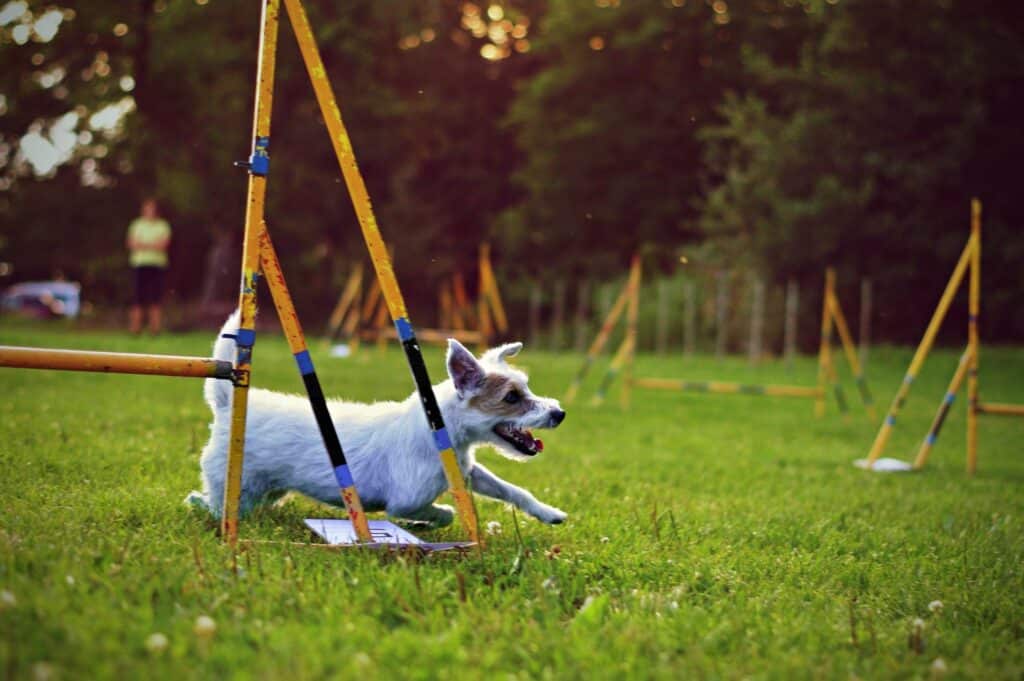Businesses have been turning to Agile ways of working as a means to deal with the uncertainty of Covid.
A review on the Agile practice of Scrum in 2020
A review on the Agile practice of Scrum in 2020
Businesses have been turning to Agile ways of working as a means to deal with the uncertainty of Covid.

Meet the author
Businesses have been turning to Agile ways of working as a means to deal with the uncertainty of Covid. And more companies are trialling and researching ways to run their own Scrum teams.
What tends to happen is that, when one Scrum team successfully delivers, organisations decide to scale-up and create more teams in the belief they will deliver faster as a whole. Many times, this fails, and the organisation discards the concept of Agile without realising any of the benefits.
We have previously stated that the two factors influencing Scrum on a larger scale are the external environment the teams operate in and the internal way the Scrum teams run. In this blog, we outline key considerations for these two areas.
Preparing the right environment for the Scrum teams:
The external environment in which a Scrum team delivers in, plays a crucial role in their operation, and often the team can not influence this environment. This can be split into two; immediate (supporting team structure) and extended (the rest of the business).
As mentioned, the belief of delivering faster as a whole increases the demand for Scrum teams and initiates a scale-up. Problems occur when the number of Scrum teams climb but the supporting structure remains the same. This increases demand on the supporting team, leading to delays or blockers for the scrum teams. Teams can be left in a situation where they are unable to proceed without decisions and guidance from solution architects, as an example, and all scrum teams having the same dependencies results in the architects becoming overworked and stressed. A lack of prioritisation and teams become very reactive to whoever can shout the loudest. Obviously, the ideal solution would be to inject more resources, but that isn’t always an option; in this scenario, a quick win is to increase lines of communication and prioritise the issues causing delays.
For the extended environment, i.e. the rest of the organisation, the question is raised of whether it is able to handle the speed of change? If necessary, are individuals set up to operate in this way whilst working from home? Are they provided with the necessary equipment, supporting tech, lines of communication to the business for support whether that is emotional, technical or informational? Is the business set up to facilitate the roll-out and change management required for the delivery teams’ outputs? Is the leadership team ready to make the changes required to properly support their scrum teams? Scrum is not just setting up teams, it requires change; a shift in mindset and an adjustment to operations.
Creating high performing teams:
The path to being a high performing team is not a straight line. The first thing a new Scrum team needs is time to achieve its potential and it is vital for it to go through Tuckman’s stages of development. Friction within the team is part of the way people establish relationships, and accepting that is key to allow those conflicts to run their course and enable the team to fall into a natural pattern. Having remote team members can impact this as individuals may have to overcome their own challenges from working from home which could impact the team. But, with time, teams learn how to work together and become aware of each other’s strengths and weaknesses. They learn from one another and work out when to provide support. Rushing this process can lead to continuous conflict and siloed working, which ultimately negates the benefits of working in scrum.
And finally, allow time for up-skilling the team. We all learn at different speeds and it is important the team feels comfortable in the new environment – both new in terms of adopting a new way of working, being Agile and iterative, as well as a potential remote element with other unforeseen pressures these times have given us. During this learning period, there is often a lower rate of output and sometimes an increase in defects. But, this doesn’t mean the team is underperforming – it just means members are learning things in an Agile way – fail fast, learn and correct your mistakes. It is all part of the learning process and with support and the right skills, the team’s output should increase over time.
You might also like

